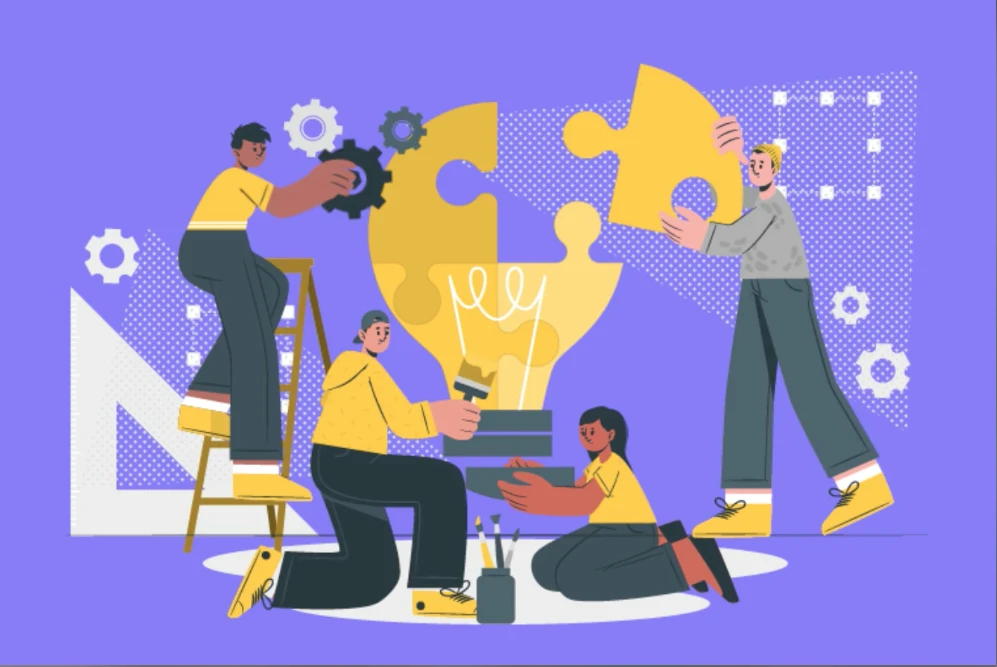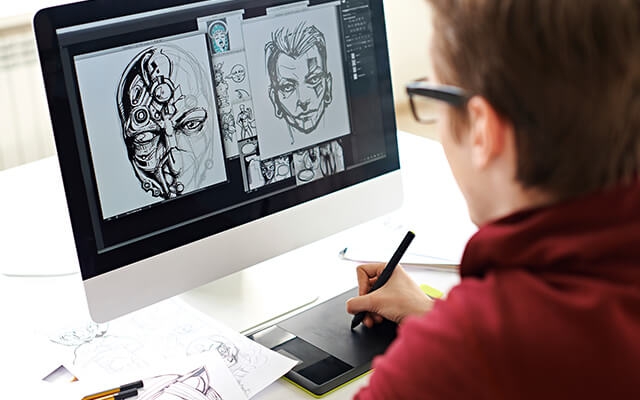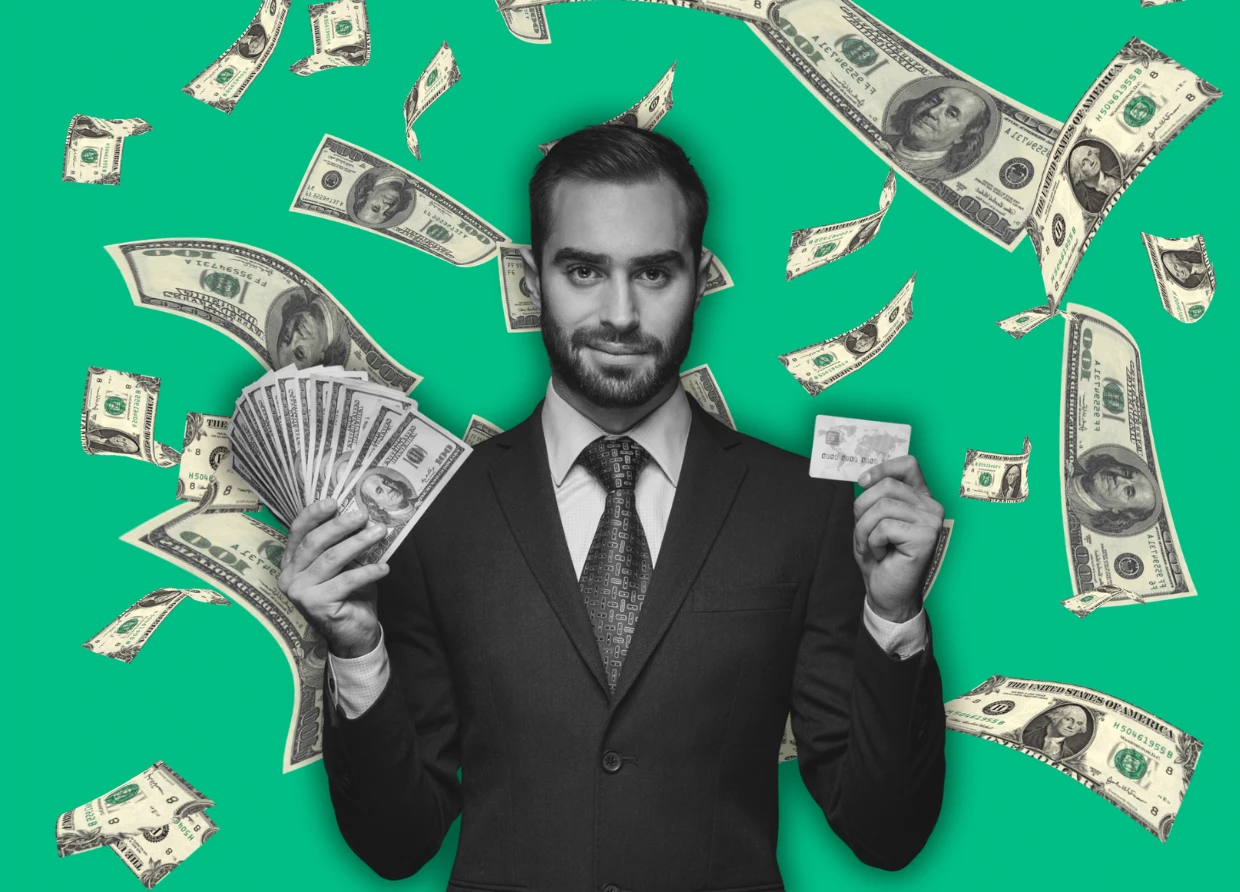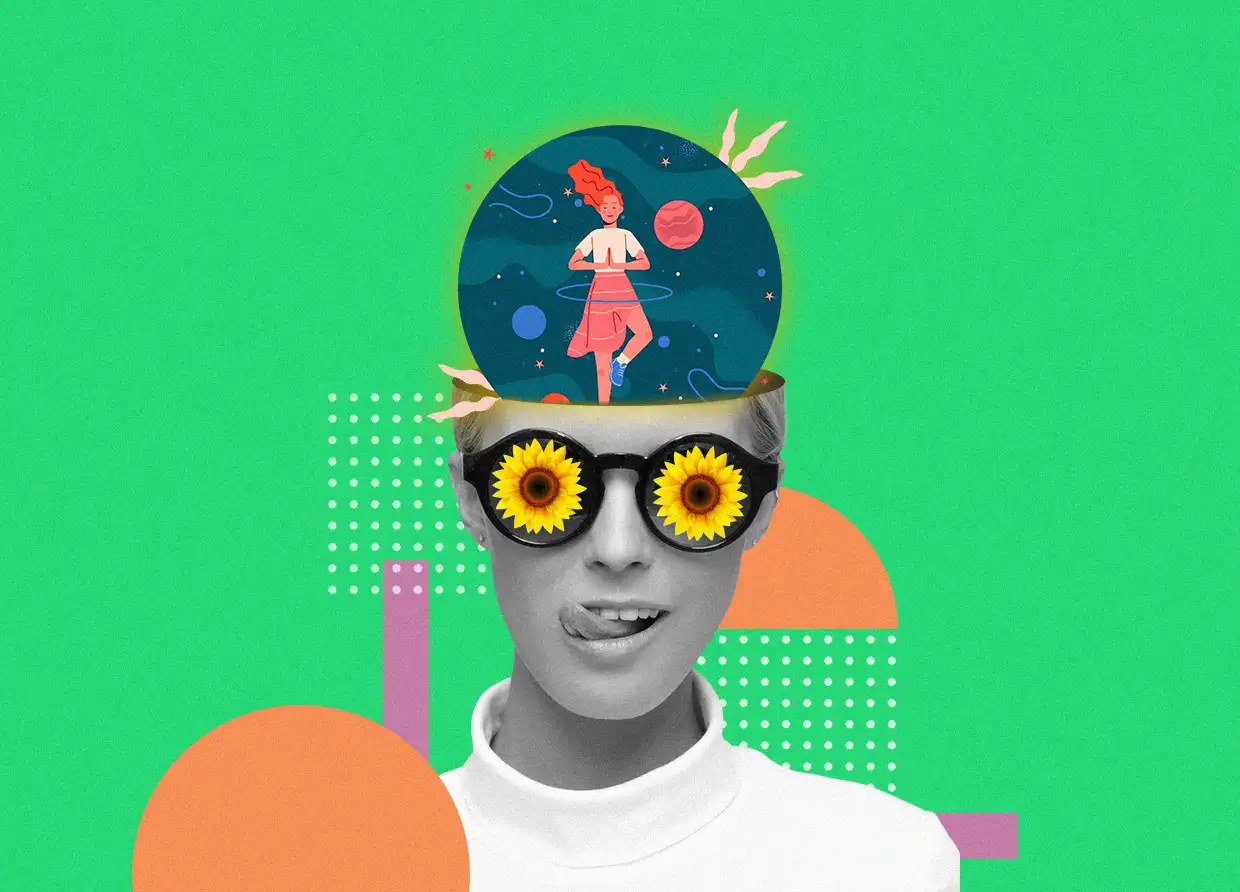4 PREDICTIONS FOR CREATIVE JOBS IN 2021
What will it mean for our jobs in the year to come?

The world transform significantly in 2021 than anyone could have imagined. But what is the impact on the creative industries, and what will it mean for our jobs in the year to come?
We know a thing or two about creative careers, as an academy firmly focused on giving designers the real-world skills the industry requires today. We analyzes four predictions for creative jobs in 2021 and explains how you can benefit from them.
A better life balance

Once, the line between employees and freelancers was clear. The former generally commuted to an office and had set hours; freelancers worked from home and had more ability to set their own schedule. In 2020 that line became blurred, with remote working becoming the new normal for staff, and the demands of homeschooling meaning bosses had to become much more flexible about how and when people worked.
Right now, we're all missing the buzz and energy of a lively office, and can't wait to get back to seeing our colleagues face to face. But even when that does happen, we predict that few will wish to return to the 9-5, five full days a week. There are a lot of good things about working from home, and even once we're no longer worried about Covid, that genie can't be put back in the bottle entirely.
Degrees become less important

Even before the pandemic, many in the creative industries were questioning whether you needed a degree to work as a designer. Three years and huge debts are a lot of commitment when you consider how many designers have forged successful careers without ever attending university. Especially, given that in the Pandemic era, many students are, in practice, self-isolating and learning on their own anyway.
If you have enough talent, you might succeed on self-learning alone like Dawson Whitfield, CEO, and founder of Looka. "I'm a self-taught designer; in fact, I've never taken any formal design courses," he says. "I have, however, created more fake-client portfolio-building projects than I'd like to admit. I personally found that online tutorials – specifically, copying an existing great design and putting my own spin on it – to be the single best way to learn the nuances of great design."
The need for digital designers

While we expect demand for designers to continue rising throughout 2021, that's not to say the benefits will be spread evenly. Only those with the right level of skills and experience can reap this trend's rewards. As Sweiry notes: "Employers are on the lookout for skills that can enhance their customer and end-user experience, so now is the time for these candidates to step up and potentially bag themselves a dream role."
And so while the fundamental skills of graphic design remain vital, it's the skillset broadly known as 'digital design' that's becoming central to getting better jobs and better salaries. If that distinction is new to you, you'll find a primer here. Still, in short, digital design extends traditional graphic design principles encompass an understanding and knowledge of UX Design (user experience) and UI Design (user interface).
More jobs and better salaries

Across the board, 2020 was a disastrous year for most sectors of the economy. But the design industry has escaped the worst, and some designers have even ended up better off at the end of the year than they were at the start. And that makes sense because with a society moving online for most of its activities, every company has become a digital company, and the need for great design to distinguish a brand has never been more urgent.
This is borne out by a salary report released this week by London recruitment agency Aquent, which concludes that "designers have become the most 'in-demand' as user experience becomes vital to industry survival."
#THE S MEDIA #Media Milenial #creative jobs in 2021



























